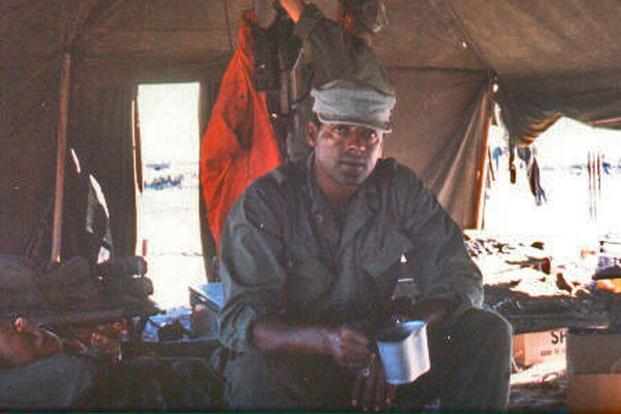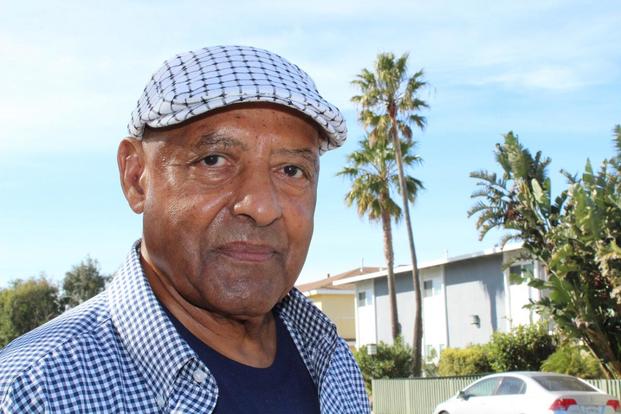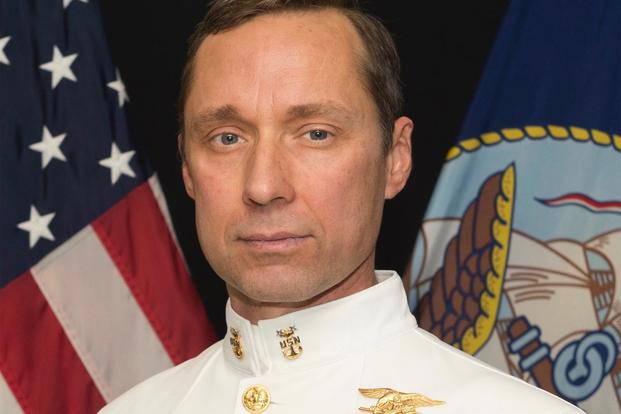Former Vietnam War army medic to receive Medal of Honor...
Medal of Honor Recipient A Hero to Generations of Students
For his acts of valor during the Vietnam War, former Army medic Jim McCloughan will be the first person to receive the Medal of Honor from President Donald Trump. The official facts are impressive, as detailed in this Military.com article.
Medal of Honor Recipient A Hero to Generations of Students
For his acts of valor during the Vietnam War, former Army medic Jim McCloughan will be the first person to receive the Medal of Honor from President Donald Trump. The official facts are impressive, as detailed in this Military.com article.
But talk to folks in his hometown of South Haven, Michigan, where he returned after service to teach and coach, and you’ll find that he’s been an inspiration in many other ways. His positive influence has rippled through the lives of thousands of students, faculty, and parents.
McCloughan taught sociology and psychology at South Haven High School until his retirement in 2008 earning him the Michigan Education Associations’ 40 years of Service Award. He was also the recipient of the Wolverine Conference Distinguished Service Award for 38 years of coaching football and baseball, in addition to 22 years of coaching wrestling. “In the middle of combat, you have to keep your calm to do your job effectively. This mental discipline helped me as a teacher and coach,” says McCloughan. “When things were down for our team, I would always say to myself, well, at least they’re not shooting at me.” Former soldiers from his company, students, faculty, and friends, all say the same thing—McCloughan’s humor (and his impressive singing) along with his remarkable ability to inspire the best in others, are what they remember most about him.

This 1969 photo provided by James McCloughan shows him with the former Army medic, right, with a platoon interpreter in Nui Yon Hill in Vietnam
Many of his students credit him for shaping and guiding them. Says former South Haven High student James Brack, “Mr. McCloughan was my teacher and wrestling coach. He taught me to never give up, never surrender, and be the best person you could possibly be. I am who I am today because of him.” “He is the type of man every student looked up to. He motivated you to bring the very best in both the classroom and on the mat. I would have ran through a wall for him and never questioned why.” Lisa Rostar, Art Teacher at South Haven High School, worked with Jim for more than a decade. She says that Jim “coached the whole student” and that “students on his teams became model students, not only doing the right thing and giving their all on each assignment but intervening if they saw a student making poor choices."
Former students praised McCloughan as the kind of teacher that was meant to teach, and genuinely cared about every student. He was known for integrating life lessons into the subjects he taught, which made an impression on students such as Georgia Dulik-Lyons. “Little did he know it but he was a history teacher too! Actually, it was history that only a veteran can give because you won't find it in any history book,” says Dulik-Lyons. When asked about the impact he made on the lives of thousands of students, McCloughan says, “I always told my students that I am not the only teacher in this room -- you are all teachers as well. We are here to learn together.”
MORE











